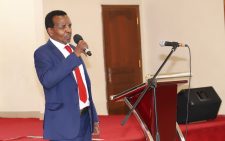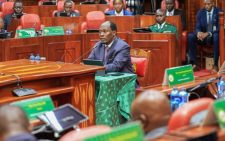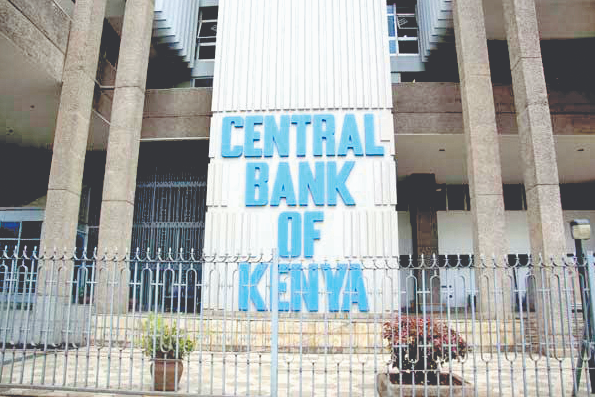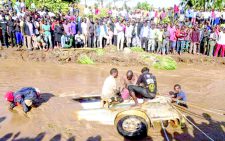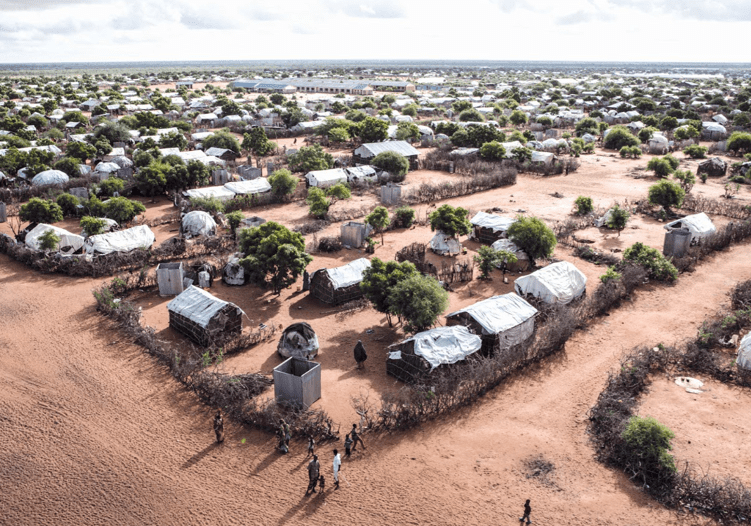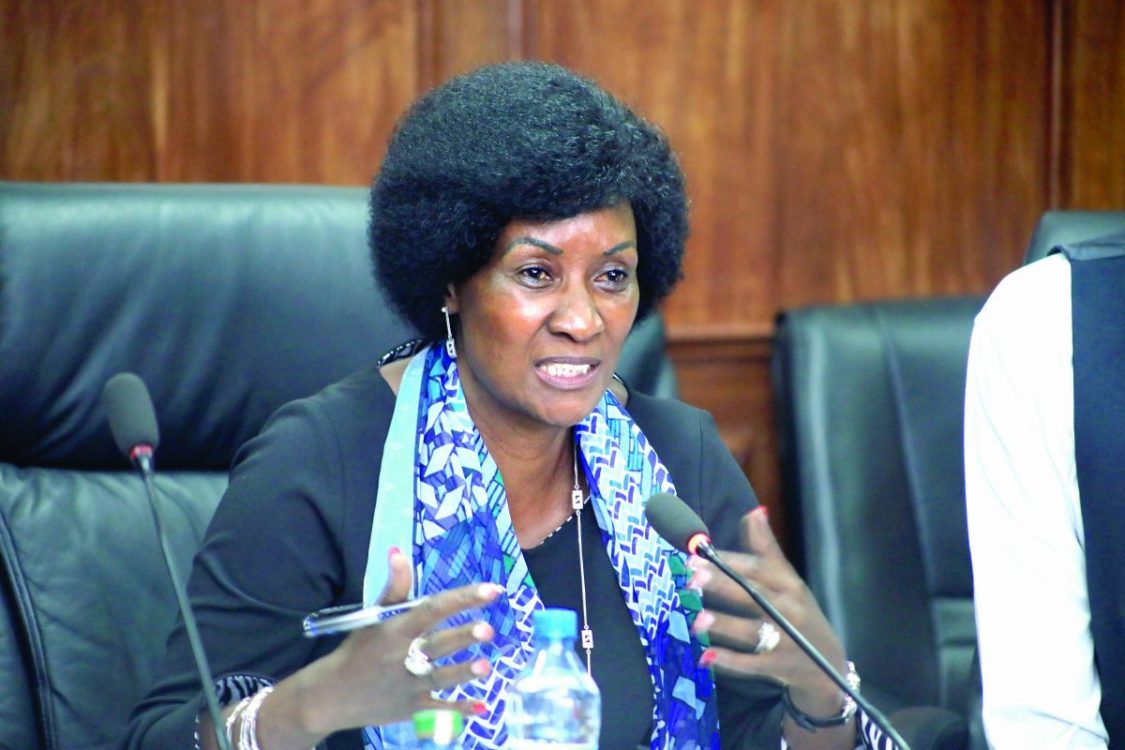Tracking land use key for coastal, marine ecosystem conservation
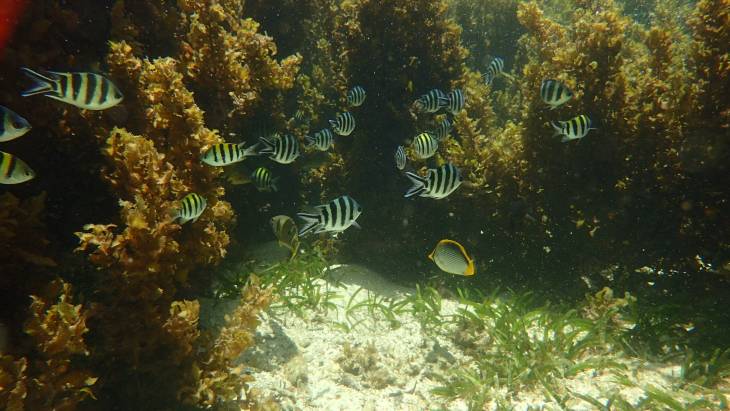
Ecosystem and human interaction is the core of development, but time has proved that if there is no proper planning and management of these natural resources, then development will become the number one cause of ecosystem destruction.
Urbanisation has meant a bigger and urgent need for construction. This, in turn, has required cutting down of forests and consequently, the land is later turned into non-forest use. At the same time, poor or lack of proper planning of land can exhaust the ecosystem.
Land-use planning is the process of regulating use of land by a central authority. Governments use this to manage development within their jurisdictions. In doing so, it can plan for the needs of the community while safeguarding natural resources.
As land use planner, Munira Jadeed, says there are still a lot of challenges when it comes to the implementation of some policies.
Implementation challenges
“Land is required to support human and ecosystem needs. With growing populations in urban and suburban areas, land use planning is important to optimise the combination of different types of development projects. These residential, commercial, transportation, recreational, retail, and public uses. As much as these plans and policies are done right, there are still a lot of challenges in implementation. Many planners meet a lot of intimidation in practice, which means policies are not adhered to. There are also technological challenges when it comes to analysing of field data and such,” she says.
Coastal areas are a great attraction to many who either visit or move to settle and draw livehoods from the diverse resources. In turn, cities and small towns are emerging in areas once inhabited by rural population. This puts undue pressure on marine and coastal ecosystems and services they provide, owing to the associated shift in consumption patterns, energy requirement and food production.
Interconnected layers
“Land and sea are seamlessly linked systems and have to work together harmoniously. Unfortunately, poor planning on development has continuously taken a huge toll on onshore marine ecosystem. While there is a lot of biomass in the deep sea— so much that is yet to be quantified. If we are not careful of what we do on land, it affects ecosystems closer to the shore than in the deep sea, but since these are layers, it will eventually reach there,” said senior researcher, Kenya Marine Fisheries and Research Institute (KMFRI) Dr Judith Okello
Destruction of natural resources such as mangrove affects the whole ecosystem not just the trees.
“Mangroves are a breeding hub for fish. If these nurseries are destroyed, the beaches, turtles and fish are affected too. When the beaches are destroyed the sea grass will also be affected. Once sea grass is destroyed, coral reefs, which act as the soul of the sea, will also be affected. Coral reefs are very sensitive to temperatures, and one of the effects of high temperature is bleaching of the algae that helps produce food for the coral,and give coral colour. Once it leaves, only the shell, which is non-productive, is left. Once the coral is destroyed all the fish that depend on it are destroyed. All this starts from the land, so if no proper planning is done, it poses a huge threat to the whole marine ecosystem,” she added.
Against this background, KMFRI in collaboration with South Eastern Kenya University, Machakos University, Kenyatta University, University of Nairobi, University of Algarve and ERACOMA, an environmental research, conservation and management organisation, sought to train local practitioners in the assessment of dynamics of ecosystems in emerging coastal towns.
Funded by the Western Indian Ocean Marine Scientists Association (WIOMSA) through its Cities and Coasts programme, the training aimed at capacitating local practitioners in the WIO regions to identify, classify and quantify ecosystem services to enable them actively play a role in balancing between development and ecosystem wellbeing.
“It is hard to attach monetary value to things, which are natural such as air, the sea and trees. So, how do you value the ecosystem for what it provides? Part of the training was to teach the trainees to map the ecosystem and services by placing-giving location and monitoring change, monitoring how people are using it by creating scenarios that will help visualise the ecosystem and changes that have occurred over a given period of time,” added Dr Akello, who is also the project principal investigator.
Turning towards tech
Among the things the trainees learnt is the Toolkit for Ecosystem Services Site based Assessment (TESSA), an app to ease in collection of data in field and help in understand in the value of this ecosystem. Stakeholders hope that this tool’s use will be disseminated to the different sectors of the trainees.
“It is a rather new tool especially in Kenya that is why it is important to introduce and teach about it. It helps to attach real value of the ecosystem service and in natural resource planning. It is easy to use and does not need expertise so it can be applied in daily planning,” shared University of Nairobi, Institute of Climate Change and Adaptation, Dr Tobias Nyumba.
Director Ocean and Coastal Management, KMFRI, Dr James Mwaluma emphasised on the importance managing coastal and marine ecosystem sustainably.
“When faced with the hard decision of putting up infrastructure or let an ecosystem thrive, developers would go for the former. This has always been occasioned by the fact that policy makers lack an understanding of the value, particularly monetary, of these ecosystems. We need facts that would inform planning even as we deal with pressures that are associated with the emerging coastal towns,’ he said during his speech at the workshop.
